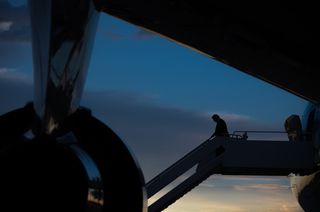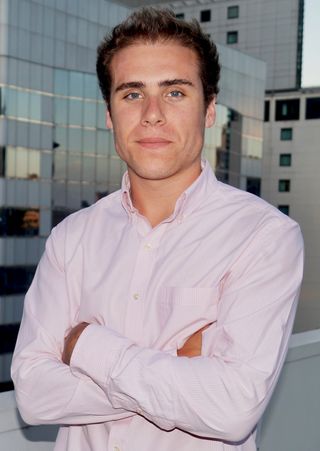In the 1960s, the United States faced a crisis when psychedelic drugs became central to the counterculture. Terrified of the consequences of widespread use, the federal government, in 1968, banned these substances. This made research nearly impossible in the following decades and cemented pervasive ignorance about psychedelics. However, there’s now a great deal of interest in a special type of fungi.
Psilocybin is the psychoactive compound in ‘magic mushrooms’. Consumption of psilocybin-containing mushrooms has been traced back to at least 7000BCE, but the compound is illegal in an overwhelming majority of the world today. In the United States, psilocybin is a Schedule I substance – the most restricted class, which also includes heroin – meaning it has “no currently accepted medical use and a high potential for abuse”. This may soon change.
In September 2018, Johns Hopkins University (JHU) researchers recommended moving psilocybin from Schedule I to IV – the same class as Xanax and Ambien. Psilocybin is not only the least harmful ‘drug’, but has several medicinal applications. It can even benefit healthy adults. In 2016, JHU found psilocybin-assisted psychotherapy to be an effective treatment for depression. Another 2016 JHU study found that a single psilocybin treatment has potential to reduce cancer-related anxiety. In 2013, researchers from the University of South Florida revealed the possibility of psilocybin being a treatment for PTSD.
Psilocybin is proving to be a valid treatment for harmful addictions, such as alcoholism and nicotine-addiction. It’s also thought to be a cognitive enhancer – increasing memory and creativity. For healthy individuals, it can produce positive effects long after the single experience:when surveyed 14 months later, 64 per cent of subjects claimed it “increased their sense of well-being or life satisfaction moderately or very much”.
The Food and Drug Administration (FDA) recently gave UK-based health care company COMPASS Pathways’ treatment-resistant depression psilocybin therapy designation as ‘Breakthrough Therapy’. This will likely help speed up the FDA’s review on potential approval.
Historically, Australian drug policy and culture have shifted alongside American influence.
After such success in American-based studies, Australia is following suit. In April 2019, St Vincent's Hospital in Melbourne will be administering psilocybin to terminally-ill patients with death-related anxiety – the first trial in Australia. Given Australia’s tough past stance on drugs, this trial is notable.
Historically, Australian drug policy and culture have shifted alongside American influence. During the Vietnam War, American soldiers on leave influenced a ‘significant increase in drug consumption in Australia’. The US banned MDMA in 1985; Australia began to seize the drug in 1986. Following the trend of a majority of US states – in which 33 have legalised marijuana in some capacity – South Australia, the Northern Territory, and the ACT have recently decriminalised small amounts of marijuana, and there is a push for recreational legalisation in the ACT.
As for the United States, the research is there – but law and policy are not. Consistent with all political matters, money remains an issue. To become legal, drugs and treatments must go through several rounds of trials, which can be very expensive. Since the future of psychedelics and patent law is unclear, there’s hesitation from pharmaceutical companies to fund trials. This commercial uncertainty emphasises the importance of advocacy groups like MAPS, a non-profit research and educational organisation that accepts donations from the public to help fund studies.
It’s a matter of carefully implementing the ‘drug’ into medical contexts. Just as it took decades to change the stereotypes around ‘cannabis culture’ and to reach the point of medical legalisation, psilocybin faces the same hurdle: stigma.




.jpg?rect=0,80,3000,1989&fp-x=0.5&fp-y=0.44772296905517583&w=320&h=212&fit=crop&crop=focalpoint&auto=format)

